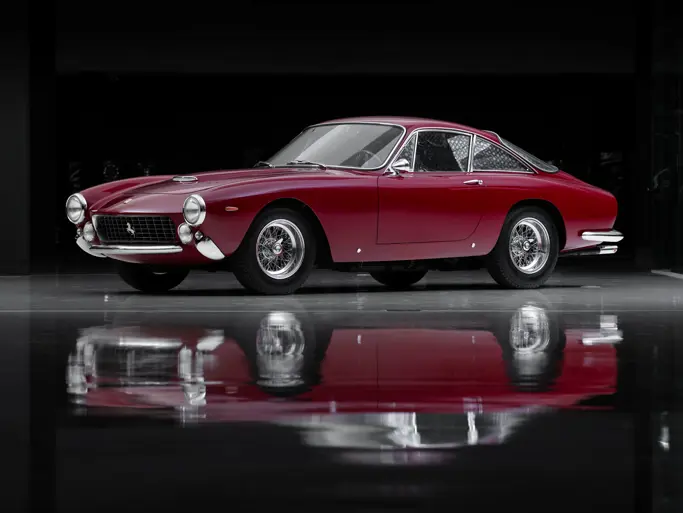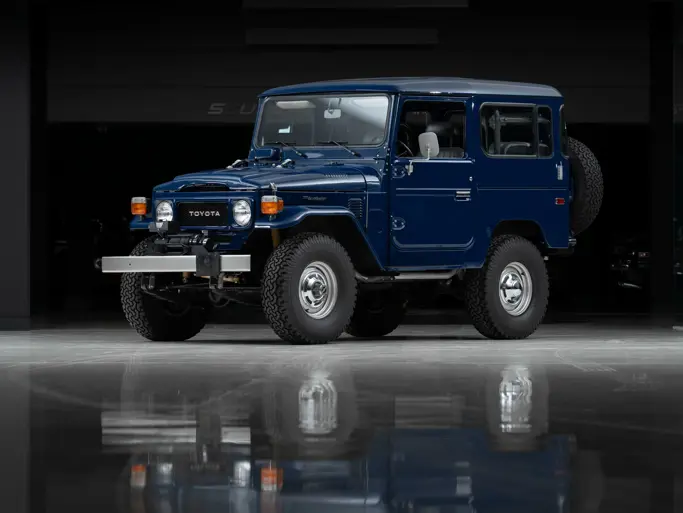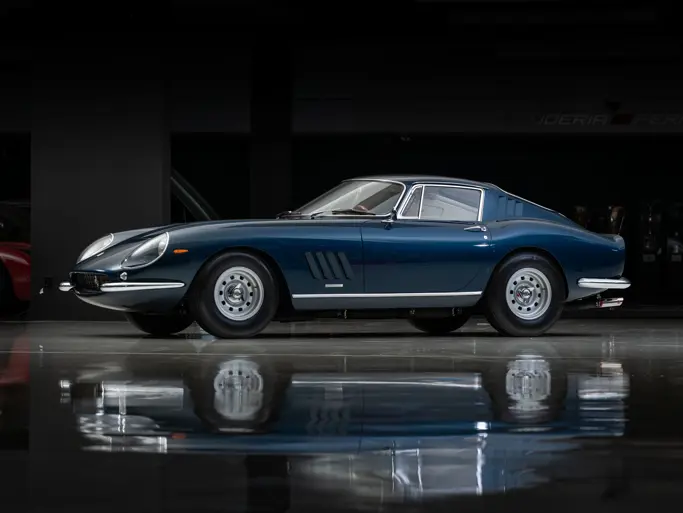In the late 1960s, as the 426 cubic inch NASCAR Hemi engine reached its highpoint, Chrysler engineers realized that pure horsepower was no longer enough to win races. Richard Petty may have won 27 out of 49 races during the 1968 season in his Hemi-powered Plymouth Satellite, but the aerodynamically advanced Ford Torino enticed Petty to switch over to the Ford camp in 1969.
Auburn Fall 2013
1970 Plymouth Superbird
{{lr.item.text}}
$137,500 USD | Sold
 | Auburn, Indiana
| Auburn, Indiana
{{internetCurrentBid}}
{{internetTimeLeft}}

- Factory V-Code 440-cid, 390-hp V-8 with three two-barrel carbs
- Column-mounted automatic transmission
- Uncommon bench seat; few built to preceding specs
- Offered by original owner
- Less than 29,000 original miles
- Sold new in nearby Huntington, Indiana
- Mainly original car
Chrysler’s only hope of beating Ford on the superspeedways was to reduce aerodynamic drag. While the Charger 500 was an improvement, something more uncompromising was needed. In response, Chrysler released the bullet-shaped Dodge Daytona and Plymouth Superbird, igniting the “aero wars”. While Richard Petty did not win the 1970 Grand National championship, he did win 18 of Plymouth’s 21 victories in NASCAR’s 48-race season in 1970; and the distinctive Superbird, with its sloped nose and enormous rear wing, became a stock car racing icon.
It won in its first race at the 1970 Daytona 500 with Petty Enterprise driver Pete Hamilton at the wheel. Hamilton would also drive the Petty Superbird to victory at both Talladega races that year; proof positive of the impact of this streamlined profile with its high downforce levels and the advantages it brought.
The legendary Sox & Martin drag racing team campaigned a Hemi-powered Superbird in C / Modified Production competition as well, with Herb McCandless at the wheel, solidifying Plymouth’s performance image.
NASCAR homologation requirements mandated that one Superbird be assembled for every two Plymouth dealerships. However, despite their NASCAR success, arresting presence and high performance, street Superbird sales were slow, thanks to dramatically rising insurance rates and gasoline prices. Most of the 1,920 Superbirds produced, including the example offered here, were equipped with the “Super Commando” 440 cubic inch V-8 engine.
This immediately recognized vehicle is legendary because of its racing heritage, the successes it achieved on the track, and the pure audaciousness of the concept being made into a production car that one could drive daily.
This particular Plymouth Superbird was purchased new by the consignor at Altman Kramer Chrysler -Plymouth- Dodge in Huntington, Indiana during late March 1970. The owner has been meticulous in the proper maintenance and care of this fine machine and it is found well-preserved. It is mainly original, barring the one repaint that was executed many years ago. The reason for the repaint were basic nicks and scratches from the car being stored in the family garage and being exposed to daily foot traffic and having met sporadic light contact from bicycles and toys. It is finished in the correct color for this car, Alpine White and has an all original Black interior. The mileage is original and totals less than 29,000 miles.
The engine is an original from the factory V-Code that is 440-cid with 390 horsepower with three two-barrel carburetors (“Six-Pack”) and is connected to a column-mounted automatic transmission. The seat is uncommonly the bench type, of which few were built in this power / transmission / seat combination. Production numbers vary somewhat, depending on the source. According to the Plymouth Superbird NASCAR Race Program Serial Number List, 1,162 cars were produced with the 440 four-barrel. Another 665 carried the 440 with three-two-barrels (like this car), and the remaining 93 were powered by the 426 Hemi. These figures add to a total of 1,920 cars produced. Of the 665 examples built with this engine, 408 had the automatic transmission.
The Superbird was undercoated from new, has a dealer-installed hood tachometer, Rallye wheels, AM radio and optional chrome exhaust tips. The car’s one owner states that the vehicle has only been in the rain “a few times” in its 43 years and has never been exposed to winter conditions.
As one of the most desirable in a long series of Plymouth musclecars and surely the most recognizable of the slippery superspeedway NASCAR machines, the legendary Superbird is exceedingly collectable. This exciting Superbird is ready to take its next owner back to the time when musclecars ruled the streets and racetracks of America.





